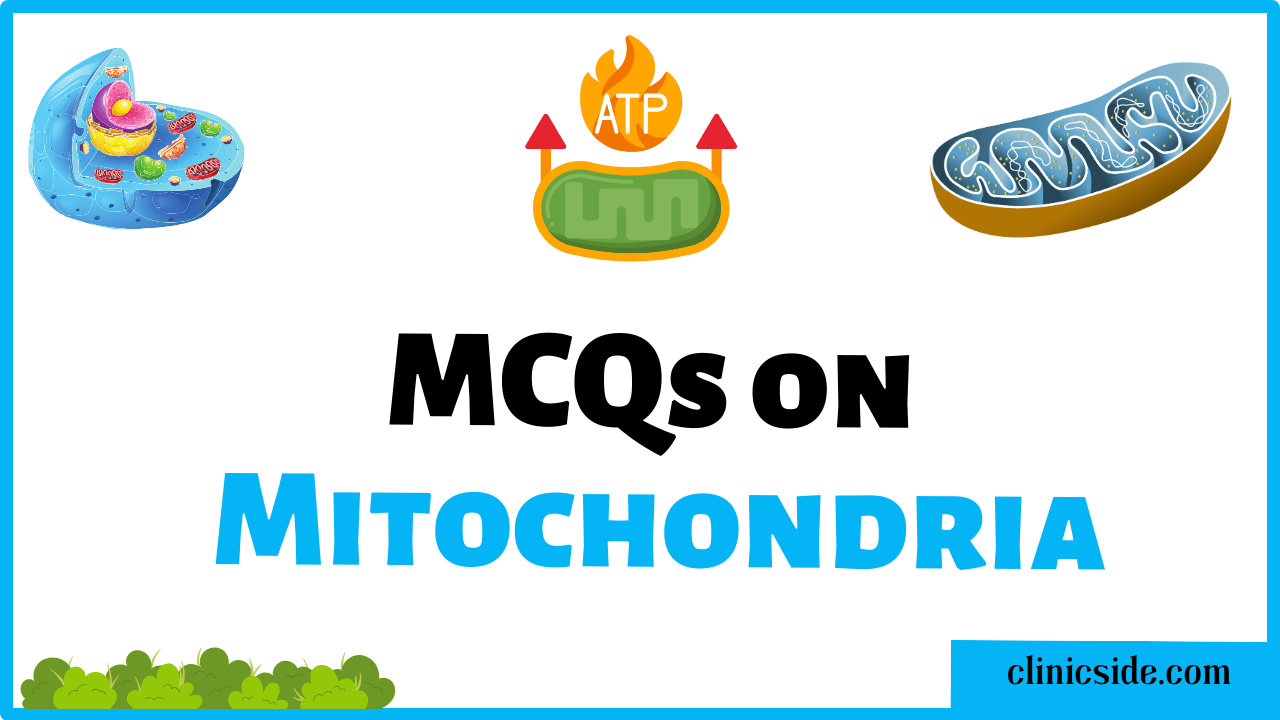Quiz
Available options: 1 to 20
Anatomy and Physiology of the Human Nervous System:
The human nervous system is an intricate and highly organized network that plays a pivotal role in controlling and coordinating bodily functions. It is divided into two main parts: the central nervous system (CNS) and the peripheral nervous system (PNS). The study of the anatomy and physiology of this system provides insight into how our bodies perceive the environment, process information, and execute responses.
Anatomy of the Nervous System
Central Nervous System (CNS):
Brain: The brain is the most complex organ, consisting of billions of neurons and neuroglia. It is segmented into various regions, each dedicated to specific functions:
Cerebrum: The largest part of the brain, responsible for higher cognitive functions such as thought, memory, emotion, and voluntary movement. It is separated into two hemispheres, each further divided into four distinct lobes: the frontal, parietal, temporal, and occipital.
Cerebellum: Located at the back of the brain, the cerebellum is essential for coordination, balance, and fine motor control.
Brainstem: Comprising the midbrain, pons, and medulla oblongata, the brainstem controls basic life functions such as heart rate, breathing, and sleep-wake cycles.
Diencephalon: Located beneath the cerebrum, it includes structures like the thalamus and hypothalamus, which regulate sensory information, temperature, hunger, and emotions.
Spinal Cord: The spinal cord extends from the base of the brain down through the vertebral column. It acts as a pathway for transmitting signals between the brain and the rest of the body.The spinal cord is divided into segments corresponding to different regions of the body and is involved in reflex actions and the transmission of sensory and motor information.
Peripheral Nervous System (PNS):
The PNS connects the CNS to limbs and organs, ensuring the coordination of voluntary and involuntary actions. It includes:
Somatic Nervous System: This system controls voluntary movements by transmitting motor commands from the CNS to skeletal muscles. It also carries sensory information from sensory receptors to the CNS.
Autonomic Nervous System (ANS): The ANS regulates involuntary functions such as heart rate, digestion, and respiratory rate. It is further divided into:
Sympathetic Nervous System: Prepares the body for stress-related activities (‘fight or flight’).
Parasympathetic Nervous System: Promotes rest and recovery by controlling functions related to ‘rest and digest.’
Enteric Nervous System: Commonly known as the “second brain,” it regulates the functions of the gastrointestinal system.
Neurons and Neuroglia:
Neurons: Neurons are the functional units of the nervous system, specialized for communication. They are composed of a cell body, dendrites that receive signals, and an axon that transmits signals.
Neurons communicate at synapses using neurotransmitters, chemical messengers that transmit signals across the synaptic gap.
Neuroglia (Glial Cells): These cells provide support, protection, and nourishment to neurons. Different types of glial cells include astrocytes, oligodendrocytes, microglia, and Schwann cells, each playing a unique role in maintaining the health and functionality of the nervous system.
Physiology of the Nervous System:
The physiology of the nervous system involves the processes by which it operates, from signal transmission to the execution of bodily responses.
Signal Transmission:
Neurons transmit electrical signals known as action potentials. When a neuron is stimulated, it generates an action potential that travels along the axon to the synapse. Here, neurotransmitters are released into the synaptic cleft and bind to receptors on the post-synaptic neuron, continuing the transmission of the signal.
Reflex Arcs:
Reflex arcs are neural pathways that control reflex actions, which are rapid, involuntary responses to stimuli. Reflex arcs typically involve a sensory neuron, an interneuron in the spinal cord, and a motor neuron. An example is the knee-jerk reflex, where the patellar tendon is tapped, leading to an automatic contraction of the quadriceps muscle.
Sensory Processing:
Sensory receptors in the PNS detect changes in the environment, such as light, sound, temperature, and touch. These signals are transmitted to the CNS, where they are processed and interpreted. For example, visual information is processed in the occipital lobe of the brain, while auditory information is processed in the temporal lobe.
Motor Function:
Motor neurons in the CNS send signals to muscles, initiating movement. Voluntary movements are controlled by the motor cortex in the cerebrum, while involuntary movements are governed by the brainstem and spinal cord.
Homeostasis:
The ANS plays a crucial role in maintaining homeostasis by regulating vital functions such as heart rate, blood pressure, and digestion. The hypothalamus, part of the diencephalon, is a key regulator of homeostasis, coordinating the autonomic functions and endocrine responses.
Higher Cognitive Functions:
The cerebrum is responsible for higher cognitive functions such as learning, memory, language, and problem-solving. These processes involve complex networks of neurons in various parts of the brain, particularly the cerebral cortex.
Neuroplasticity:
Neuroplasticity is the ability of the nervous system to change and adapt in response to experience, learning, or injury. This includes the strengthening or weakening of synapses and the formation of new neural connections, enabling the brain to recover from damage and adapt to new situations.





